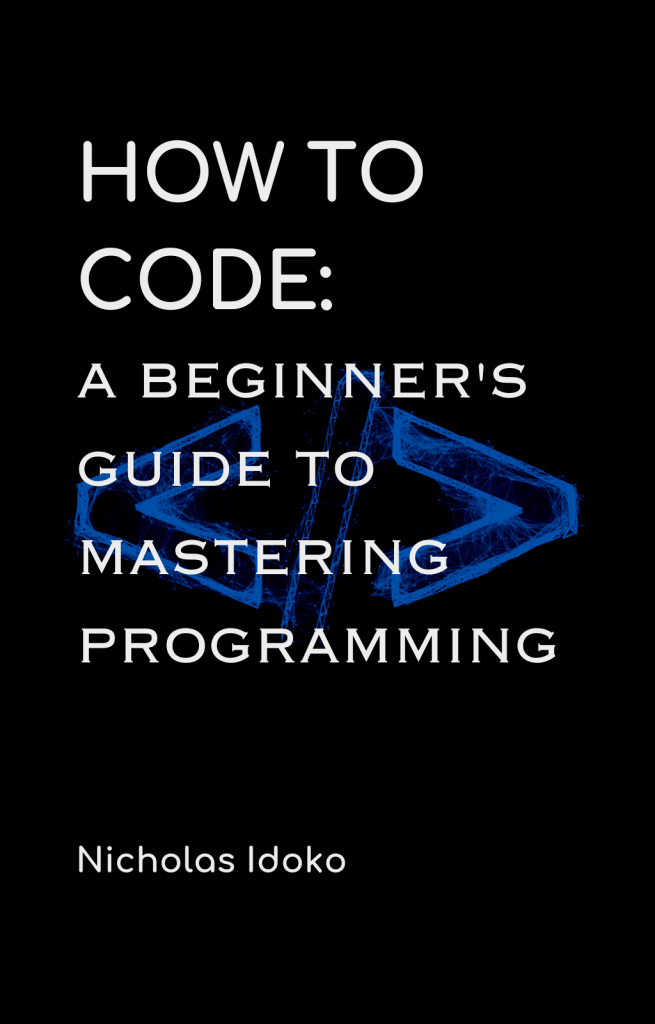If you’re interested in learning how to code but don’t know where to start, “How to Code: A Beginner’s Guide to Mastering Programming” is the perfect e-book for you.
This comprehensive guide is designed to teach you the fundamentals of programming and give you the confidence to start building your own programs.
The book begins with an introduction to the basics of programming, including an overview of popular programming languages and an explanation of how to choose the right one for your needs.
From there, you’ll learn essential programming concepts, including variables, data types, control structures, functions, and more.
Each chapter is designed to build on the knowledge you’ve gained in the previous chapters, so you’ll feel confident in your abilities as you progress.
You’ll also get hands-on practice by working on programming exercises and projects, with step-by-step instructions and real-world examples.
Throughout the book, you’ll learn how to think like a programmer, breaking down complex problems into smaller, more manageable pieces.
You’ll also gain an understanding of key programming concepts like algorithms, data structures, and object-oriented programming.
By the end of the book, you’ll have a solid understanding of programming fundamentals and the skills you need to start building your own programs.
Whether you’re interested in developing software applications, building websites, or just learning a new skill, “How to Code” is the perfect guide for beginners looking to master programming.
Read: About Learn Coding USA
Gain more insights: Contact Learn Coding USA
List of Chapters
1. Introduction to Coding:
This chapter provides an overview of what coding is, why it’s important, and what you need to get started.
2. Choosing a Language:
There are many programming languages to choose from, and this chapter will help you decide which one is best for you based on your interests and goals.
3. Setting up Your Environment:
Before you start coding, you need to set up your development environment.
This chapter will guide you through the process of installing and configuring the necessary software and tools.
4. The Basics of Programming:
In this chapter, you will learn the fundamental concepts of programming, such as variables, data types, operators, and control structures.
5. Writing Your First Program:
Now that you have the basics down, it’s time to write your first program.
This chapter will guide you through the process of creating a simple program and running it.
6. Debugging Your Code:
Even experienced programmers make mistakes, so learning how to debug your code is a critical skill.
This chapter will teach you how to use debugging tools to find and fix errors in your code.
7. Working with Data:
Most programs work with data in some way, so understanding how to work with data is essential.
This chapter covers topics such as input and output, file handling, and data structures.
8. Functions and Modules:
Writing reusable code is a key aspect of programming, and functions and modules allow you to do just that.
This chapter will teach you how to write and use functions and modules in your programs.
9. Object-Oriented Programming:
Object-oriented programming is a popular programming paradigm, and this chapter introduces you to the concepts of classes, objects, and inheritance.
10. Advanced Topics:
Once you have the basics down, you may want to explore more advanced topics such as algorithms, data analysis, web development, or game programming.
This chapter provides an overview of some of these topics and suggests resources for further learning.
11. Conclusion:
In this chapter, we summarize what you have learned and provide tips for continuing your programming journey. We also encourage you to keep learning and exploring, as coding is a never-ending journey of discovery.
12. Discover the Benefits of Learning to Code with Our Platform:
Why Our Platform is the Best Choice for Beginners Learning Web, Android, and iOS Development
13. Closing Thoughts:
Embracing the Journey of Learning to Code
